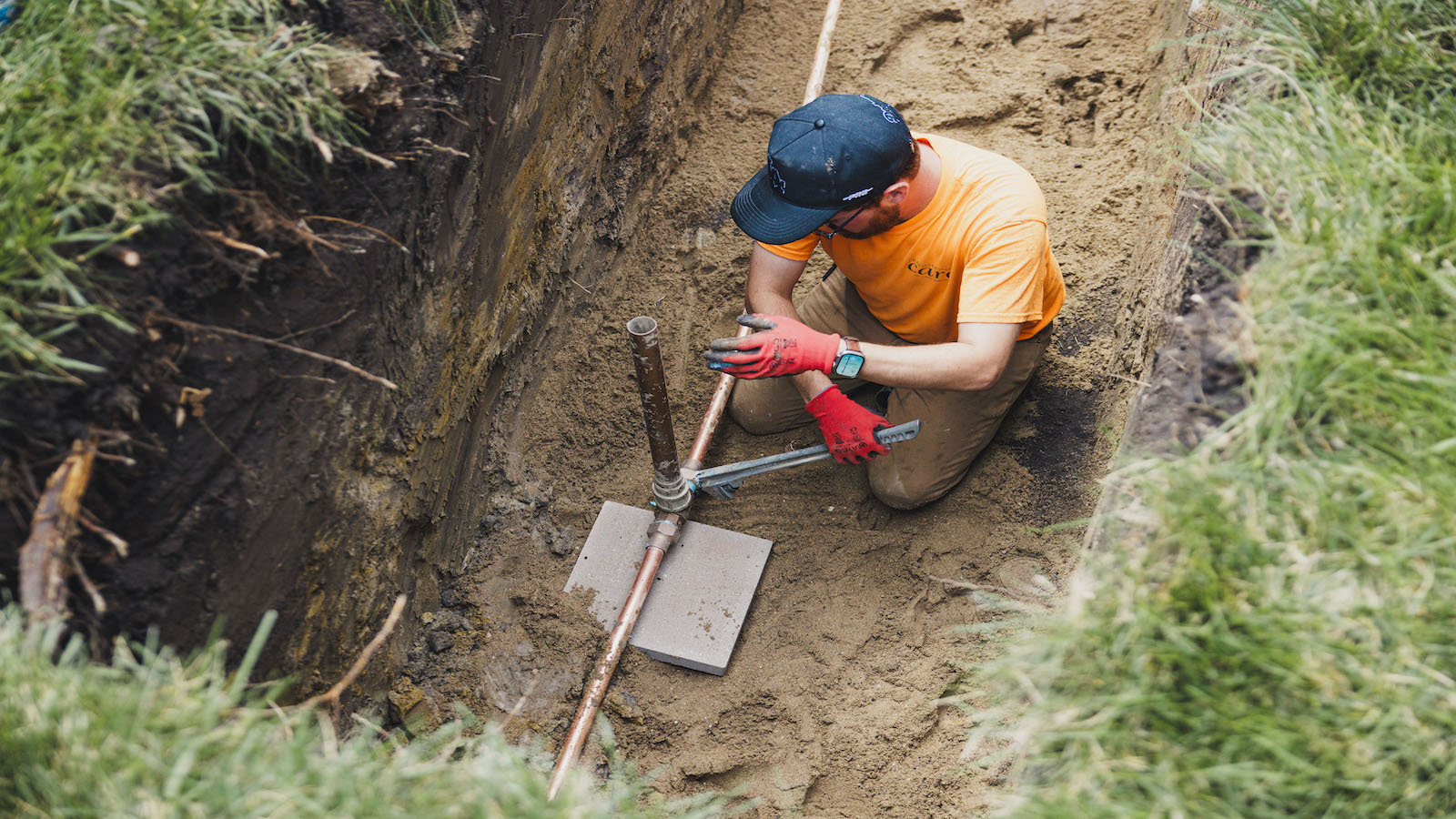Electronics, Vol. 14, Pages 3478: Cu2O Nanowire Chemiresistors for Detection of Organophosphorus CWA Simulants
Electronics doi: 10.3390/electronics14173478
Authors:
Jaroslav Otta
Jan Mišek
Ladislav Fišer
Jan Kejzlar
Martin Hruška
Jaromír Kukal
Martin Vrňata
Rapid on-site detection of chemical warfare agents (CWAs) is vital for security and environmental monitoring. In this work, copper(I) oxide (Cu2O) nanowire (NW) chemiresistors were investigated as gas sensors for low-concentration organophosphorus chemical warfare agent (CWA) simulants. The NWs were hydrothermally synthesized and deposited onto microheater platforms, enabling them to operate at elevated working temperatures. Their sensing performance was tested against a range of vapor-phase simulants, including dimethyl methylphosphonate (DMMP), triethyl phosphate (TEP), diethyl ethylphosphonate (DEEP), diphenyl phosphoryl chloride (DPPCl), parathion, diethyl phosphite (DEP), diethyl adipate (DEA), and cyanogen chloride (ClCN). Fully oxidized P(V) simulants (DMMP, DEEP, TEP) produced modest, predominantly reversible responses (~3–6% RR). On the contrary, DPPCl and DEP induced the strongest relative responses (RR −94.67% and >200%, respectively), accompanied by irreversible surface modification as revealed by SEM and EDS. ClCN produced a substantial but reversible negative response (RR −9.5%), consistent with transient oxidative interactions. Surface poisoning was confirmed after exposure to DEP and DPPCl, which left phosphorus or chlorine residues on the Cu2O surface. These results highlight both the promise and limitations of Cu2O NW chemiresistors for selective CWA detection.
Source link
Jaroslav Otta www.mdpi.com


